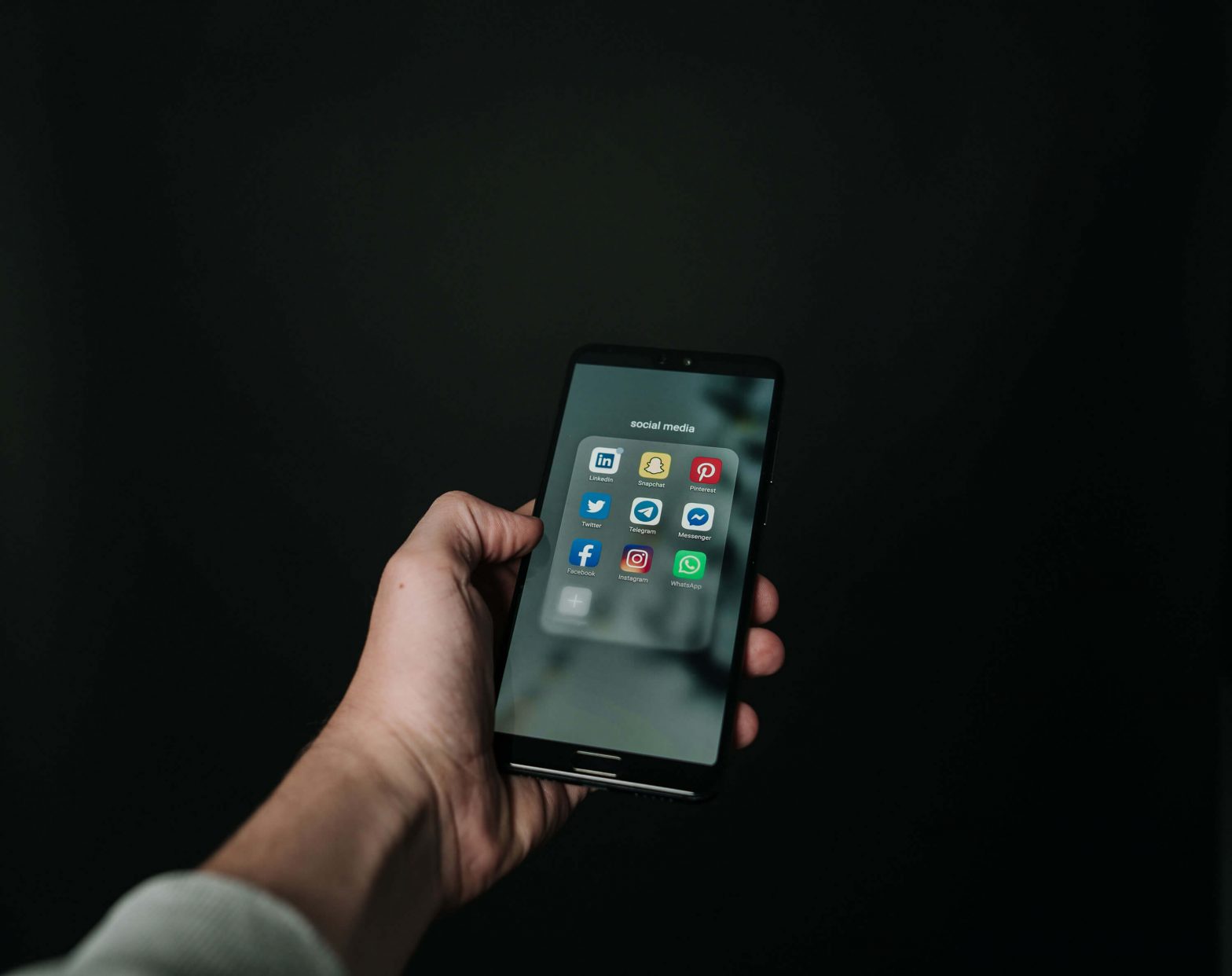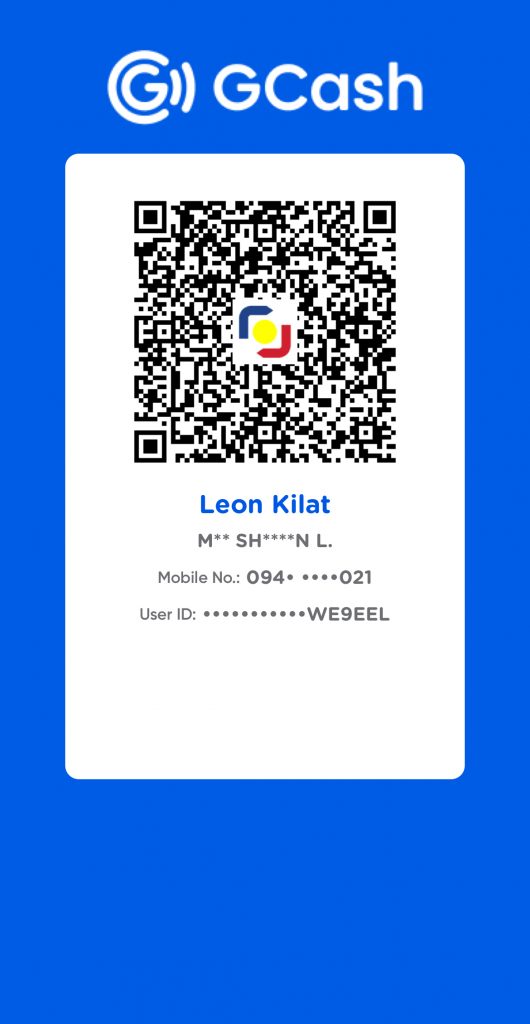Not everything shared on Facebook is true. At times, what is shared is wrong. This is either because there was a mistake in the gathering or presentation or facts or there is a deliberate intent to mislead.
The approaches to these two errors are different: Mistakes in reporting we correct; disinformation we fight.
Disinformation is spread on social media for partisan, personal, and even commercial reasons. There are many steps you can take to protect yourself from disinformation but the first thing to do should be to gauge your level of trust on the one sharing it.
Facebook is not a news producer, it is an aggregator of information shared by its users. We are not just users of the network, we are also each other’s sources of news and information. How we interact on content also has an impact on how that piece of content is shared in your network of online contacts.
If someone tells you they read news “on Facebook,” always ask which account shared or reported it.
Assign your Facebook friends and the organizations you follow into three circles of trust: TRUSTED, GENERAL, and NOT TRUSTED.
TRUSTED are for people and organizations you know and could vouch for. These are also Facebook accounts who have NEVER shared a piece of disinformation. Not even once.
What if they make a mistake in reporting, which many often do? If they acknowledge that error in reporting and correct it, you could probably keep them here. If they don’t acknowledge it, remove them from this circle.
GENERAL is for friends you don’t know as closely and acquaintances. It is also for Facebook friends – contacts you made online but have never met in person. It is also for organizations that are new or unfamiliar.
NOT TRUSTED are for Facebook contacts and groups that have shared confirmed disinformation. Even ONCE. It has to be actual disinformation not just a disagreement over a political stand. How do you know? When the post has something you can verify – such as a claim that somebody said something – then verify it. In this case, watch the video and listen if that person actually said it.
When you go on Facebook and scroll through the stream of updates, always keep in mind where the user who shared it stands in your trust circle. If in the TRUSTED circle, then allow yourself to believe what is shared and take it as factual. (There are other signals of authenticity you can check but this is for later.) But before you share the content, always VERIFY. Unless the Facebook account is, in sharing the information, a first-hand source such as a government agency explaining policy or your high school crush announcing a breakup.
If the one sharing is from your GENERAL circle, just take in the information and be skeptical. If the information interests you or you think it is important, take the time to verify.
If the information is shared by someone in the NOT TRUSTED circle, then take it as false, whatever it is. But what if it has a logo of a news site like CNN? Still consider it as false, what if it had been manipulated. Never believe anything shared by someone in the NOT TRUSTED circle. If it interests you, verify it yourself.
How we deal with disinformation says a lot about how we appreciate data. We do not have to steel ourselves for just that One Big Lie that threatens our society. The bigger threat are the small fibs that chip away at the foundation of our information environment.
By segregating your contacts into different levels of trust, you can nurture your skepticism without sliding into the dystopian alternative of cynicism.
Max is a journalist and blogger based in Cebu. He has written and edited for such publications as The Freeman, The Independent Post, Today, Sun.Star Cebu, Cebu Daily News, Philstar Life, and Rappler.
He is also a mobile app and web developer and co-founded InnoPub Media with his wife Marlen.


Leave a Reply